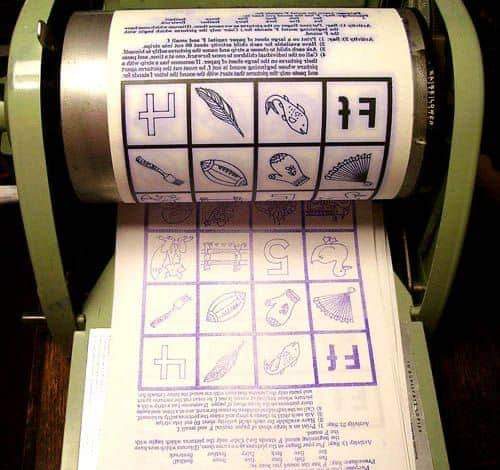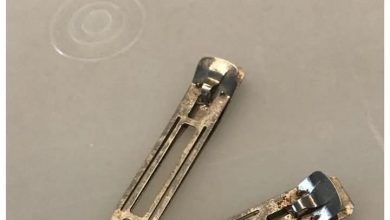The Mimeograph Machine: A Window into Early Printing Technology

ADVERTISEMENT
The Mimeograph Machine: A Window into Early Printing Technology
Introduction
Before the digital age of instant printing and photocopying, duplicating documents was a labor-intensive process that relied on innovative yet simple machinery. The mimeograph machine, an artifact of the early to mid-20th century, was a revolutionary tool in schools, offices, and community centers. The image of this vintage mimeograph brings back memories of blue-inked papers, the faint smell of solvents, and the tactile engagement of an analog printing era. This fascinating machine not only shaped the way information was shared but also reflects a significant milestone in technological progress.
Body
The mimeograph, invented by Thomas Edison in the 1870s, operated on a straightforward principle. It used a stencil made of wax-coated paper, where text or images were created either by typewriter or manual cutting. The stencil was then wrapped around a rotating drum filled with ink. As the drum turned, ink was pressed through the stencil onto sheets of paper below, producing clear and consistent copies.
The machine in the image captures the essence of this technology with its sturdy build, simple mechanics, and utilitarian design. It represents a time when duplicating materials was an active and physical process, requiring attention to detail and manual effort. This particular mimeograph also highlights the characteristic use of blue or purple ink, a staple of the era, which often left a nostalgic scent and texture on the printed materials.
Mimeographs were indispensable in various sectors. Schools relied on them to create worksheets, newsletters, and announcements, while churches and community organizations used them for bulletins and event posters. The machine was affordable, reliable, and highly effective, making it accessible even to small institutions with limited budgets. Its ability to produce hundreds of copies quickly made it a preferred choice for bulk printing before the advent of modern photocopiers.
ADVERTISEMENT
Despite its utility, the mimeograph had its challenges. Stencils were fragile and prone to tearing, and the process of aligning and inking required patience and precision. Yet, these limitations were embraced as part of the charm of using the machine. Users took pride in mastering its mechanics, and the imperfect, slightly smudged copies often carried a personal and authentic touch that is absent in today’s digital prints.
Conclusion
The mimeograph machine stands as a testament to human ingenuity and adaptability in the face of technological limitations. Its role in disseminating information, building communities, and fostering creativity cannot be overstated. The image of this vintage mimeograph serves as a poignant reminder of the analog roots of modern printing technology. Though it has been replaced by faster, more efficient machines, the mimeograph remains a cherished symbol of an era when every printed sheet was the result of effort, care, and innovation. For collectors, educators, and nostalgia enthusiasts, it continues to hold a special place in history, evoking a deep appreciation for the journey of communication technologies.




